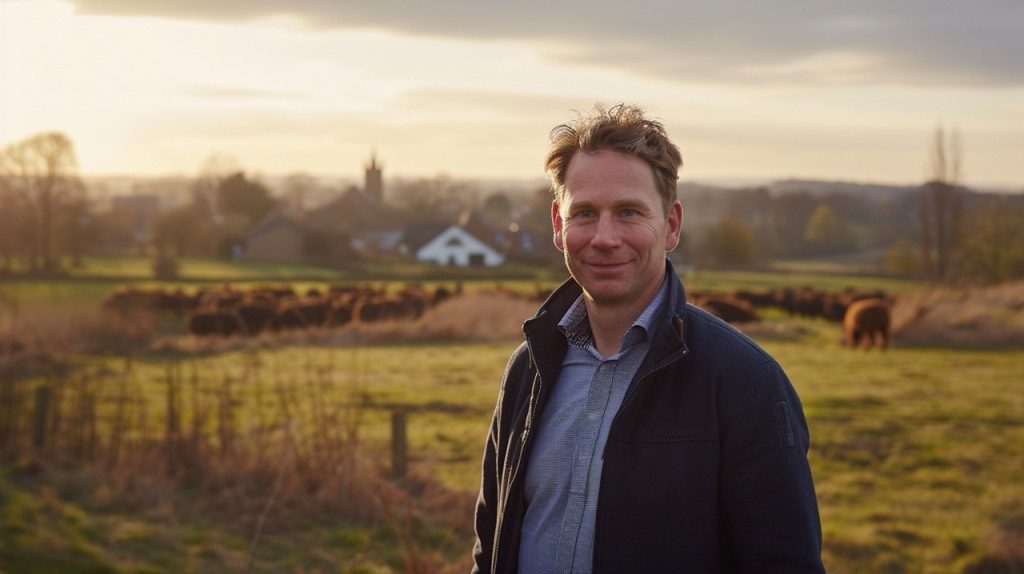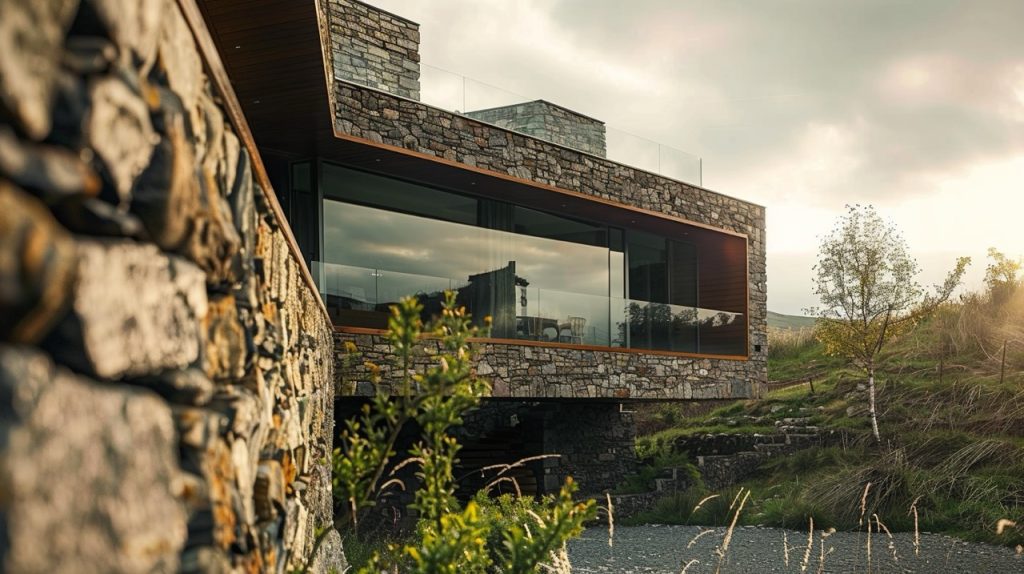I think it’s the ambition of many people to realise that dream home in the countryside, enjoying the fresh air, wide landscape views and peace away from the hustle and bustle of the city. But how can you go about realising that ambition?
Well, broadly speaking there are 3 main routes to realising new homes in the countryside:
- Rebuilding and renovating an existing building
- Starting an agricultural business (the lifestyle option!)
- A paragraph 84 home (para 84)
1. Rebuilding or Renovating Existing Buildings
This is perhaps the easiest route to realise the dream home in the countryside. You might be wondering around the fields and dales in Derbyshire, Nottinghamshire or Leicestershire one day and find some old farm buildings that are ripe for conversion. Perhaps a classic barn conversion. Or you find a home that’s already nestled into a lovely site that could be extended or rebuilt to realise something that is entirely your own. If you’re really lucky then the house might already have other outbuildings on site that you could incorporate into the design.

Finding a site or buildings that already have some sort of long-established residential use is great because you might be able to take advantage of permitted development rights, such as adding extensions or outbuildings without the need to apply for full planning permission. Generally converting, rebuilding or renovating existing buildings is the easiest route, however, that doesn’t necessarily mean it’s simple! Best to get the input of an expert as early as possible if you think you’ve found a promising site.
2.Establishing A Rural Business
The second route to achieving a new home in the countryside is a little more complex and involves committing to a new lifestyle business that is tied to a use; usually an agricultural use. The justification for building a new home is tied to a business that can only function if you, the homeowner, are on site 24/7. For example, a stables with stud farm or a dairy business raising cattle. In such cases it is essential to the viability of the business and agricultural economy that you are present to manage that business for the majority of the time. This option certainly isn’t for the faint-hearted!

If you want to go down this route you will need to develop a robust business case that proves the viability of the business in the first instance and how you are integral to its success. There is support generally within planning policy for enhancing employment in rural areas and boosting agricultural economies, but it can take time to put a convincing case together. Again, if you’re thinking of embarking on this route then best to get in touch with planning specialists that can help alongside the architectural designs.
3. Paragraph 84 Homes (Para 84)
Paragraph 84, previously known as Paragraphs 55, 79, and 80, is a specific national planning policy within the National Planning Policy Framework (NPPF) in the UK. First established in 1997, this policy is aspirational in many ways, allowing for the erection of new isolated dwellings in the open countryside, where typical development is usually prohibited. This can include building on agricultural land, within Areas of Outstanding Natural Beauty (now National Landscapes), or on Green Belt land. Such developments are rare exceptions to normal restrictions in place to prevent such development.

The policy sets a high bar for architectural design and is considered the highest challenge for architects. The primary pathway for gaining approval under Paragraph 84 is for the design to be of exceptional quality, specifically under Paragraph 84 (e). This demands designs that are truly outstanding, reflecting the highest standards in architectural design. Such designs must significantly enhance their immediate setting and be sensitive to the defining characteristics of the local area. While the policy does not explicitly mandate homes to be “eco-homes,” achieving the “highest standards” often involves integrating sustainability using technologies derived from the site’s resources, such as heat recovery ventilation or passive solar gain.
Gaining planning permission under Paragraph 84 is challenging and requires specialist architectural and planning expertise. The process is intensive, demanding a thorough, collaborative approach that involves the client, architects, landscape architects, and potentially other consultants. Design review panels are often recommended to provide impartial feedback and help demonstrate that the design meets the required standards. Finding a suitable site and its classification as “isolated” is also subject to planning judgement and can be complex. Due to the high standards and complexity, both the planning application process and the construction costs require significant investments, often times speculatively. In a nutshell, Paragraph 84 aims to encourage high-quality, outstanding architecture that raises design standards in rural areas.
Summary
I hope that the above is helpful in explaining the 3 main routes to achieving that dream home in the countryside. Of course, every site is different so it’s worth planning your approach carefully with an expert team in your corner from the start.
If you’ve found a building or a site that you think has some potential then please get in touch for a no obligation chat about how Turner Wall Architects can help. We work on all kinds of new home projects for families and small developers across Nottinghamshire, Leicestershire and Derbyshire.